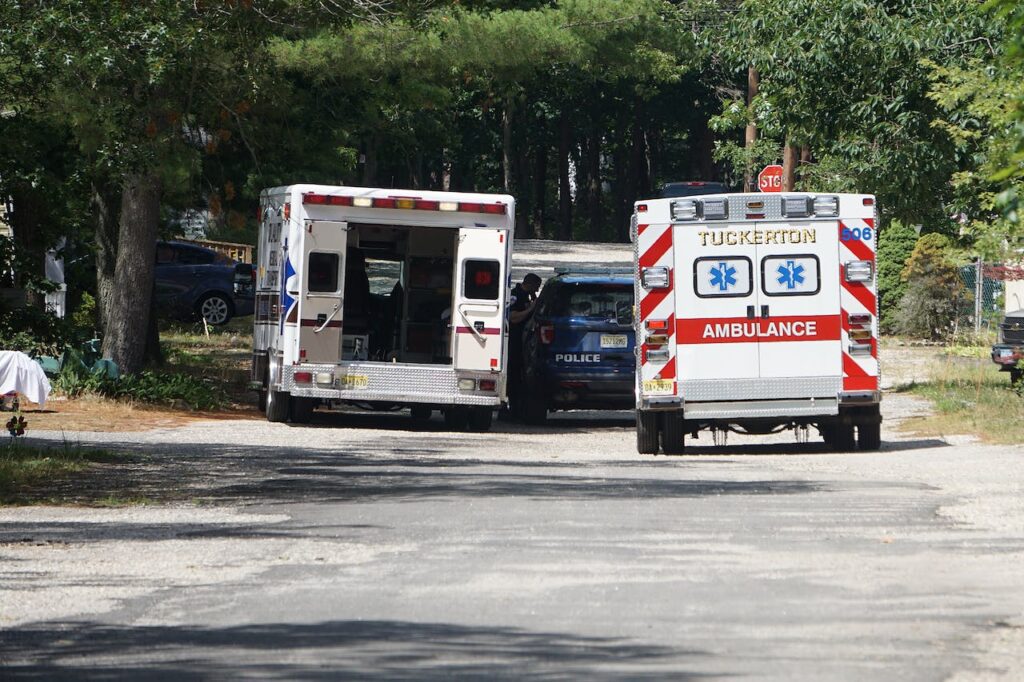
As an EMT, your commitment to the well-being of others doesn’t take a break, even when faced with unexpected challenges like ambulance car troubles. Here are five steps to effectively handle such situations and ensure the continuity of care.
Prioritize Patient Safety: The safety of the patient is paramount. If you encounter car troubles while transporting a patient, calmly assess the situation and, if possible, pull over to a safe location. Activate all emergency lights and ensure that the patient is secure and stable. If the situation poses an immediate threat, consider calling for backup or another ambulance.
Communicate Clearly and Calmly: Effective communication is critical in managing car troubles during an emergency response. Notify your dispatch immediately about the situation, providing clear details about your location, the nature of the car trouble, and the status of the patient. Keep communication lines open to receive guidance and updates.
Troubleshoot and Report: If it’s safe to do so, conduct a quick assessment of the ambulance to identify any visible issues. Check for flat tires, engine malfunctions, or other mechanical problems. Relay this information to your dispatch so that they can better coordinate assistance, whether it’s another ambulance or roadside service.
Initiate Backup and Patient Transfer Plans: Based on the severity of the car trouble, work with your dispatch to initiate backup plans. This could involve arranging for another ambulance to transfer the patient or coordinating with local emergency services for assistance. Ensure that the patient remains stable and comfortable throughout this process.
Maintain Professionalism and Reassure the Patient: Despite the challenges, maintain a professional demeanor and reassure the patient. Your calm and composed approach will alleviate anxiety for both the patient and any bystanders. Keep them informed about the situation and the steps being taken to resolve the car troubles. If the situation warrants, consider requesting assistance from local law enforcement for additional support.
In conclusion, encountering car troubles in an ambulance is undoubtedly a challenging situation, but as an EMT, your ability to adapt and respond effectively is crucial. By prioritizing patient safety, communicating clearly, troubleshooting and reporting issues, initiating backup and patient transfer plans, and maintaining professionalism, you ensure that even in the face of unexpected obstacles, the well-being of your patient remains the top priority. Your commitment to excellence and resilience in these situations exemplifies the dedication and reliability expected of emergency medical professionals.